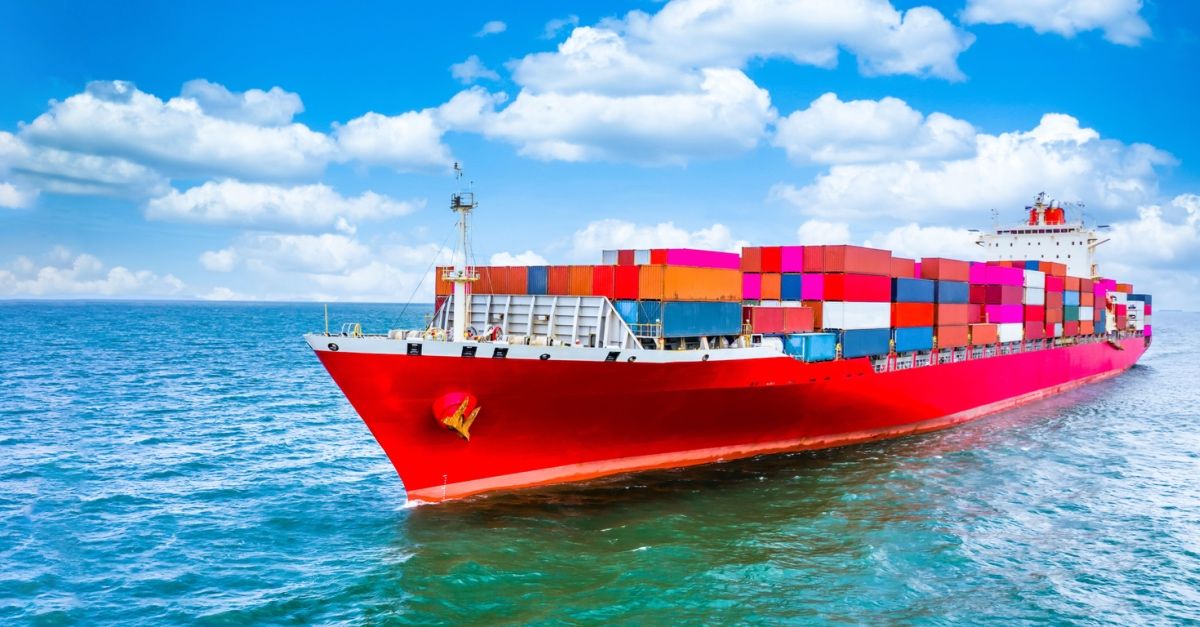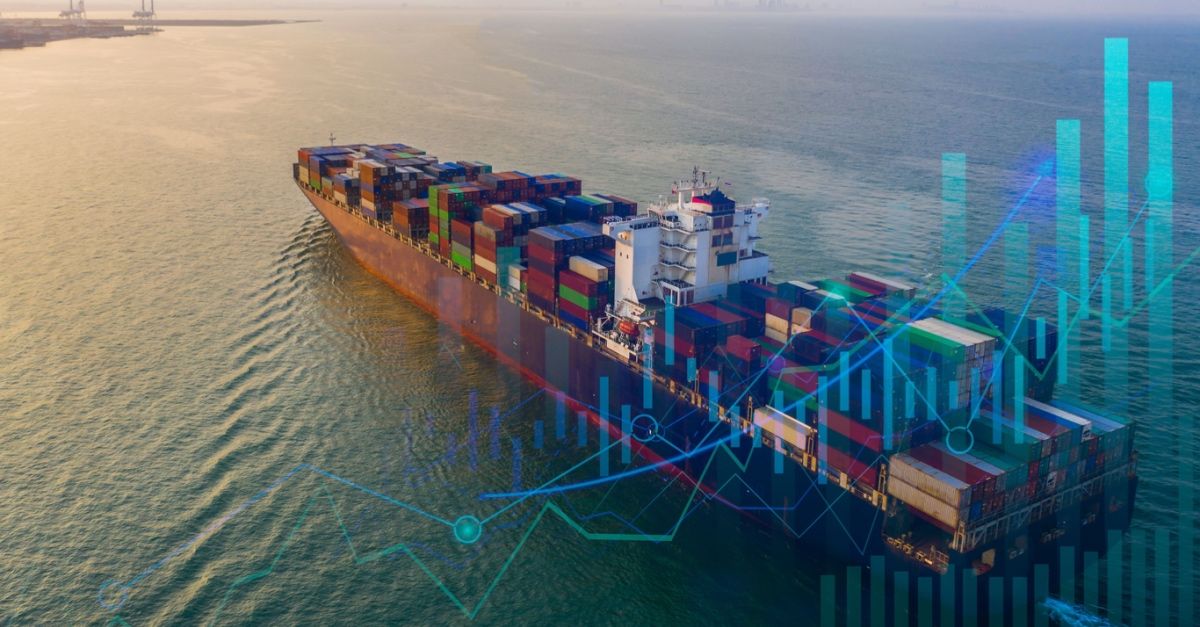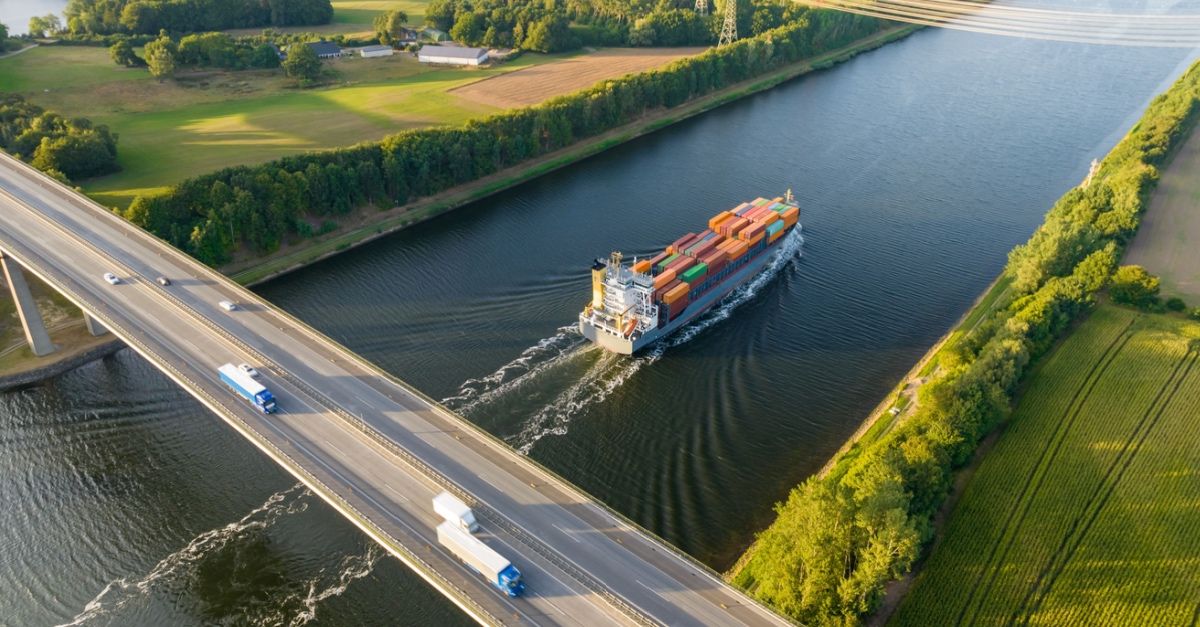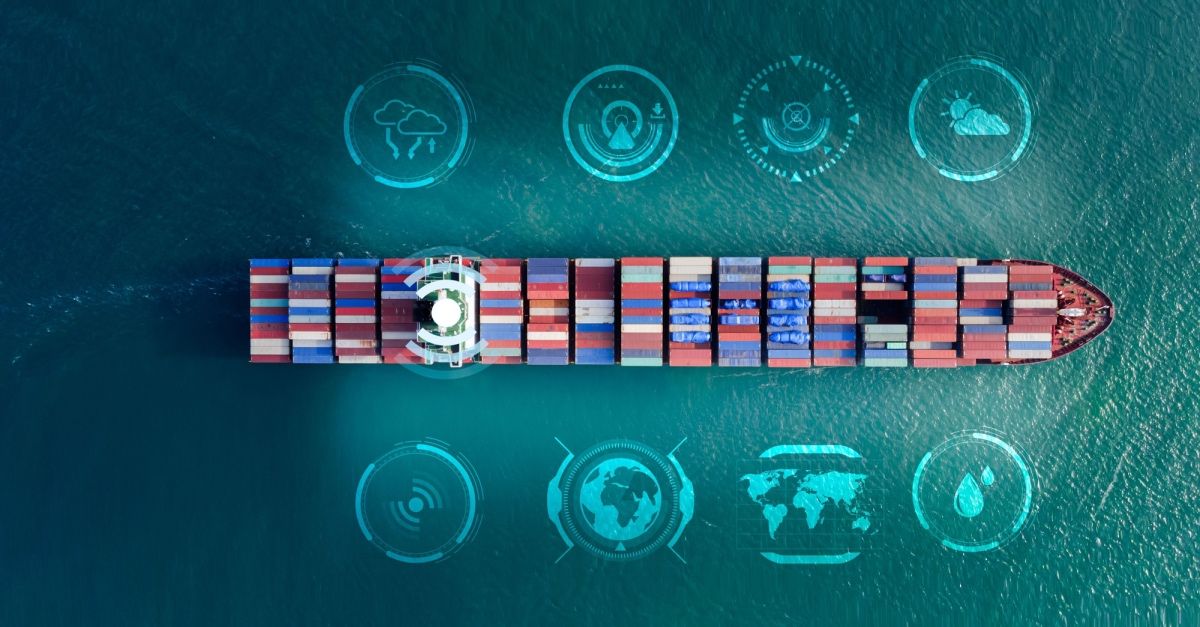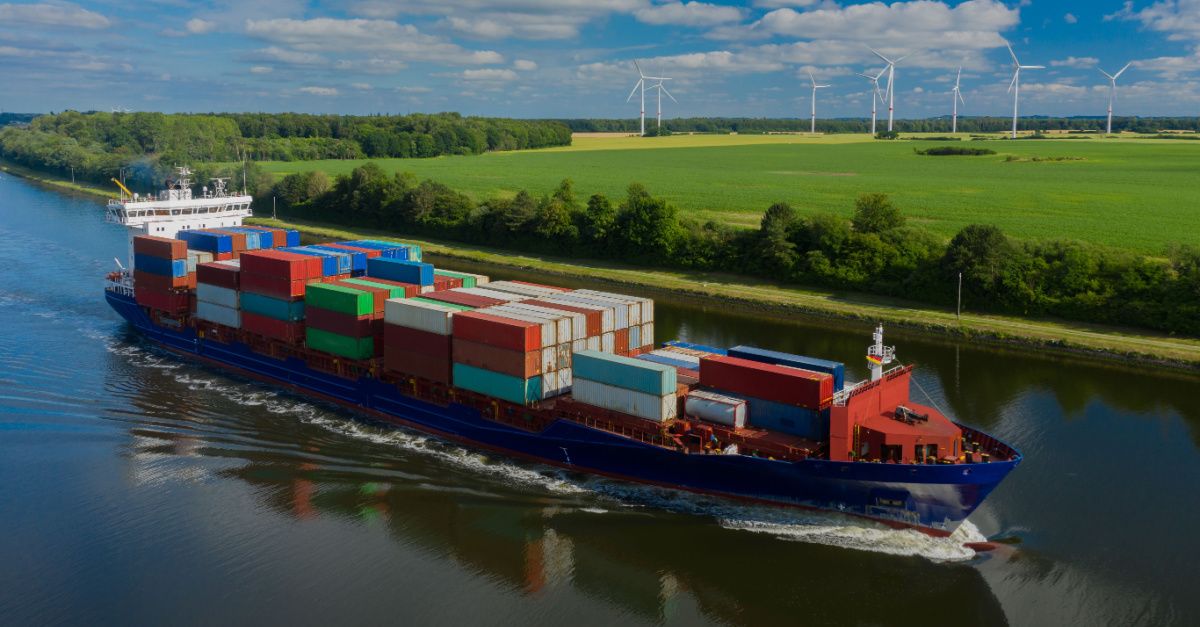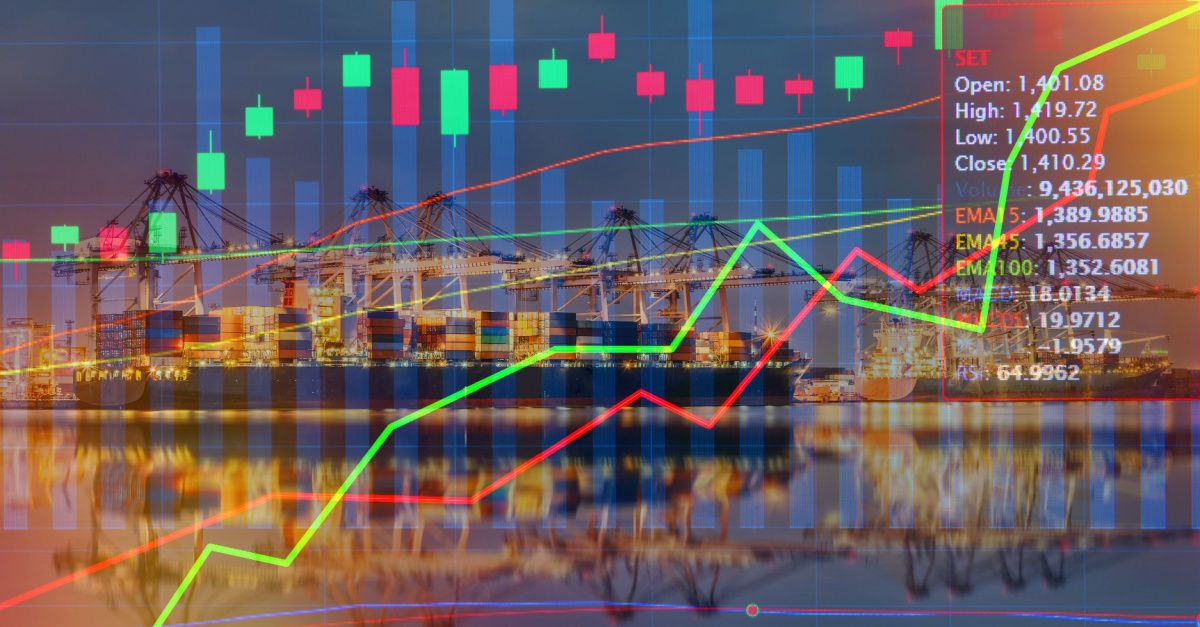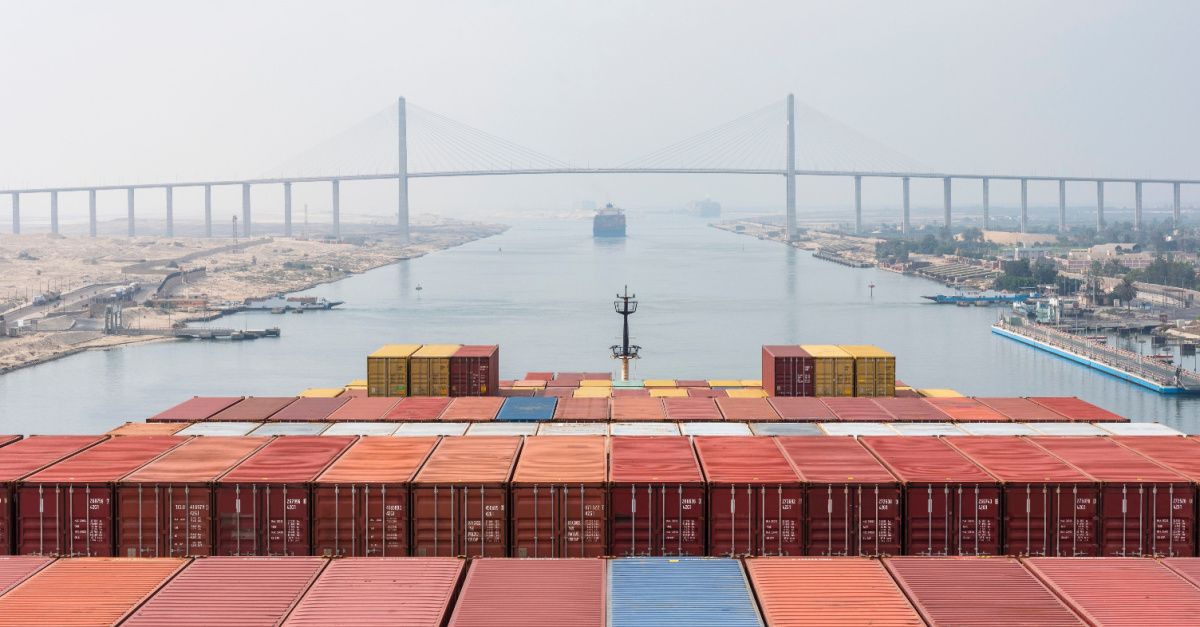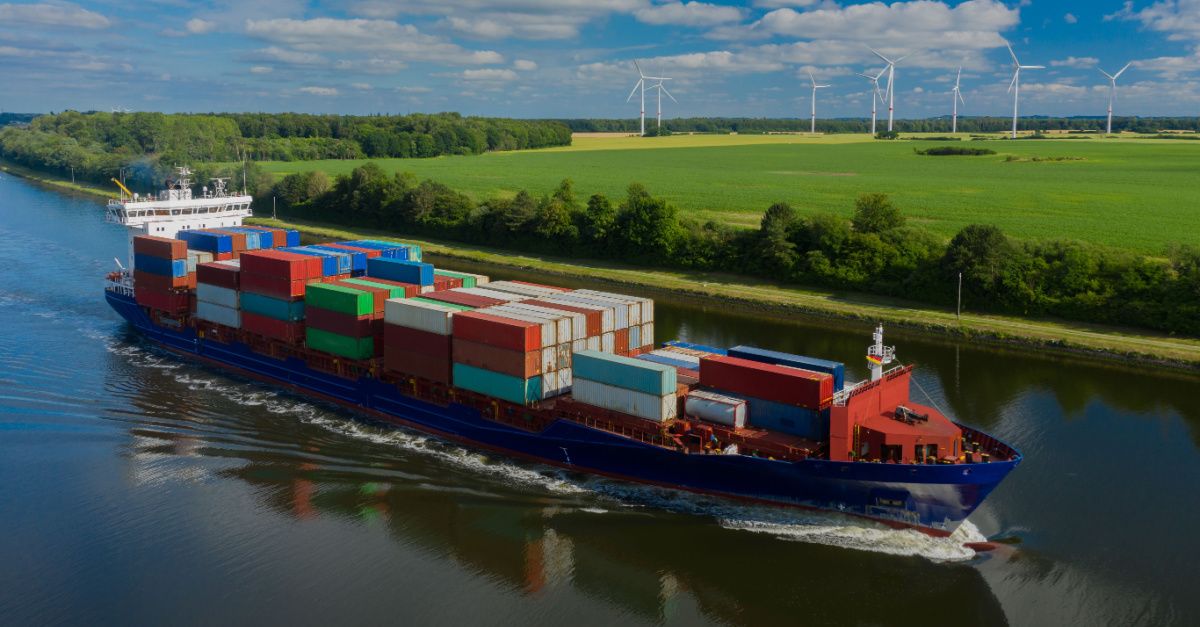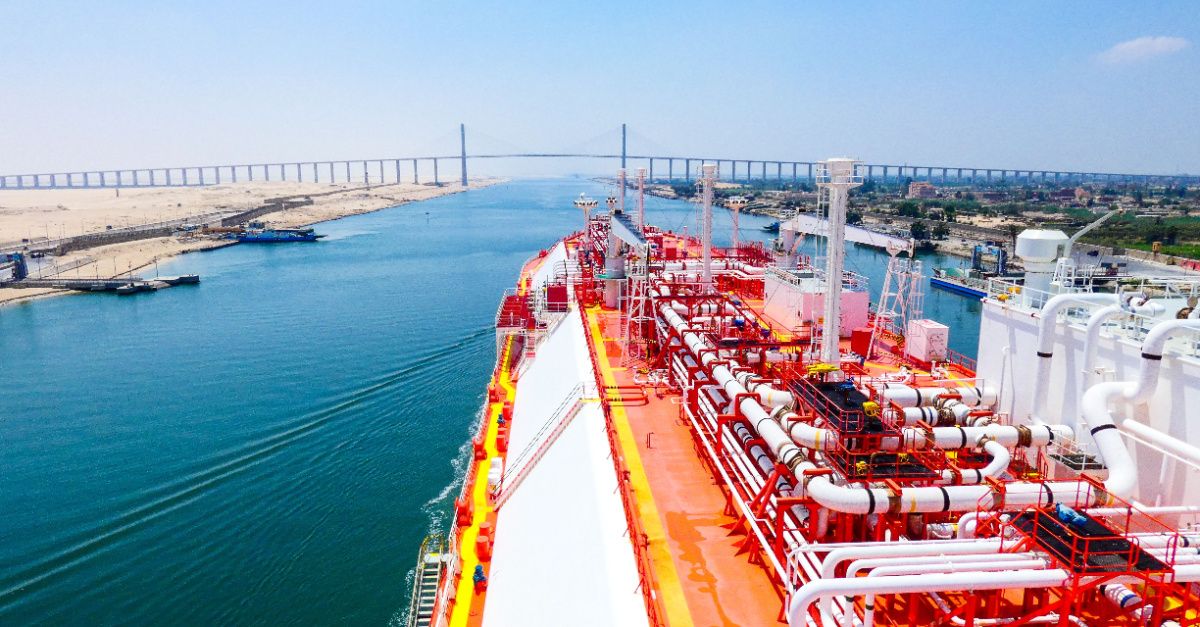Under the EU’s emissions trading system, European shipping will now need to slash emissions. But complying with this mandate need not be a daunting task.
The Role of Supply Chain Data Analytics in Sustainable Procurement
Considering ESG during the procurement process is valuable because it paves the way for companies to meet any emissions reduction requirements imposed by governing bodies.
How Sustainability’s Advantages Can Help Overcome Market Uncertainty
Amid geopolitical uncertainties, supply chain providers can find financial advantages from the broader market’s push to adopt sustainability initiatives.
Problems & Solutions: Three Challenges of Sustainable Procurement
Costs associated with adopting sustainable practices within the supply chain are sometimes admittedly higher: new and evolving technologies such as wind-powered and hydrogen-powered ocean vessels … can also come with a high price tag.
Sustainable Procurement: With Tender Season Upon Us, How Can Procurement Specialists Build Sustainable Supply Chains?
Procurement specialists can utilize data-rich tools to convince carriers that pursuing sustainability and seeking efficiencies within route optimization are complementary goals that can enable long-term value for a company.
New Emissions Surcharges Highlight Need for Transparency
European container shipping is facing new emissions-related surcharges. But shippers could press for more transparent pricing mechanisms.
Supply Chain Emissions in Tender Season: Three Strategies for Sustainable Logistics
While the tender season is known for rate negotiations, it also serves as a great opportunity for parties to discuss how they can reduce supply chain emissions within the supply chain.
Supply Chain in Crisis: The Red Sea Through Expert Eyes
While uncertainties loom over when and how the Red Sea shipping crisis will abate or be resolved, an upcoming webinar with Searoutes and Vizion API … can help companies hedge against this supply chain disruption.
Greening the Supply Chain During Tender Season: A Shippers’ Checklist
Recognizing the impact of tender season decisions on the global environment is crucial. Shippers are no longer mere passengers; they are stewards of sustainable practices, contributing to reducing carbon footprints in the vast ocean of global supply chains.
Maritime Disruptions in the Red Sea: Building Sustainability in Times of Crisis
Ocean shippers are searching for new ways to get their goods from Asia to Europe after the Suez Canal has become effectively closed to international trade.
